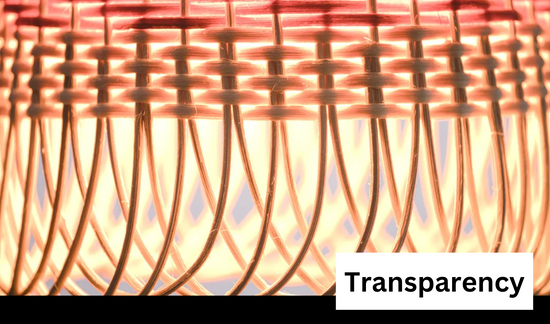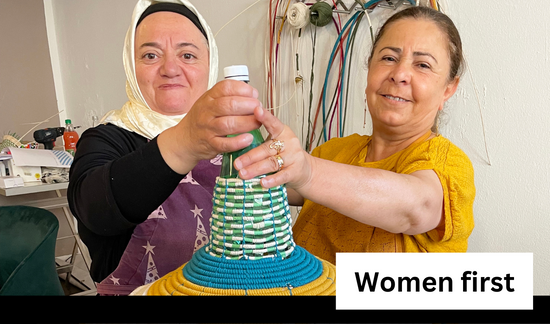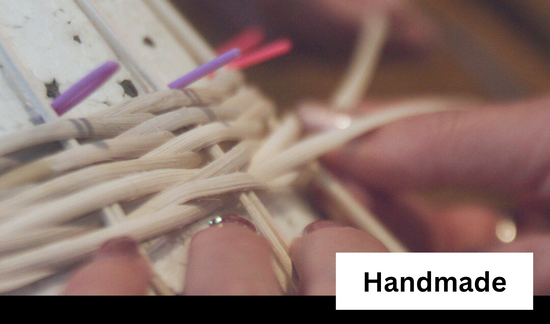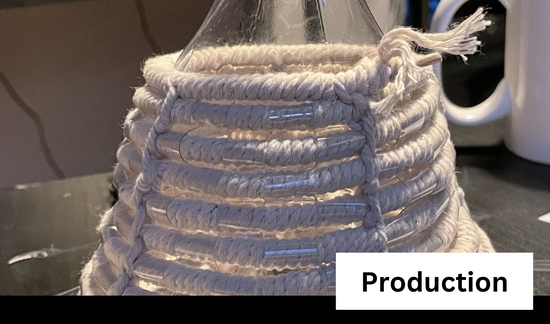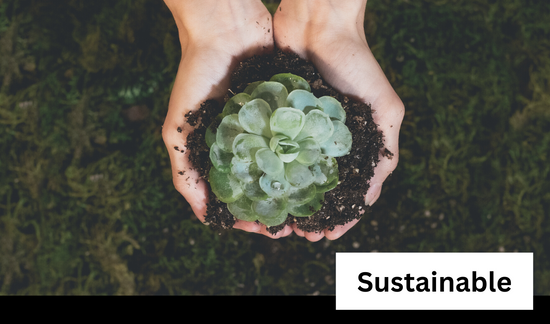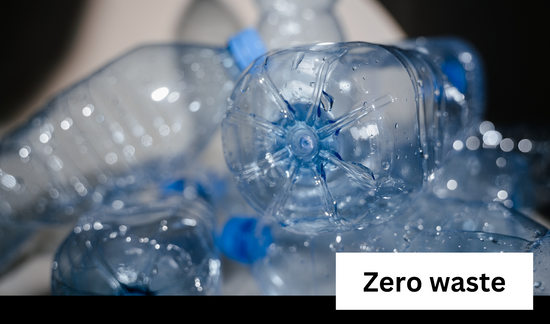Manufacturing lamps in a different way.
Working conditions of the women artisans
Creating our own tooling
-
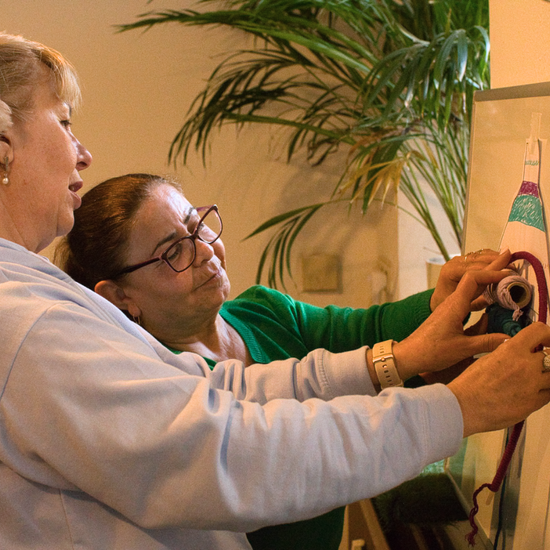
Everything starts with an idea
At kokoi, every new lamp starts as a mere idea and undergoes a creative and iterative process involving multiple trials and various tools.
-
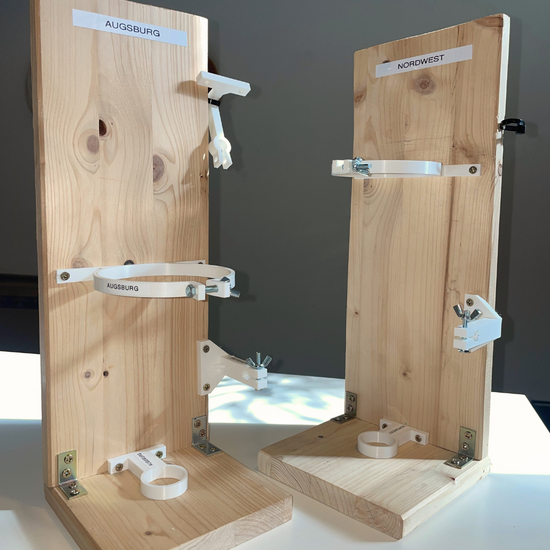
Tooling
As handmade lamps cannot be manufactured with standard tools, we take the initiative to design our own tooling. For instance, we've crafted special devices to mark precise cutting points on the bottles and molds to ensure the consistent shaping of our lamps.
-
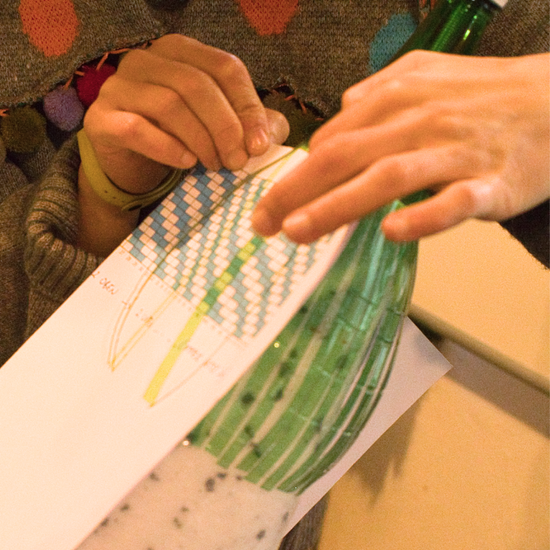
Iterating to reach the perfect lamp
Creating the perfect lamp is not a one-time event; it requires an iterative process that involves making adjustments to the cuts on the bottle, the shape of the mold, and the method of mounting the fibers on the plastic strips.
Each lamp takes up to 3 days to manufacture
-
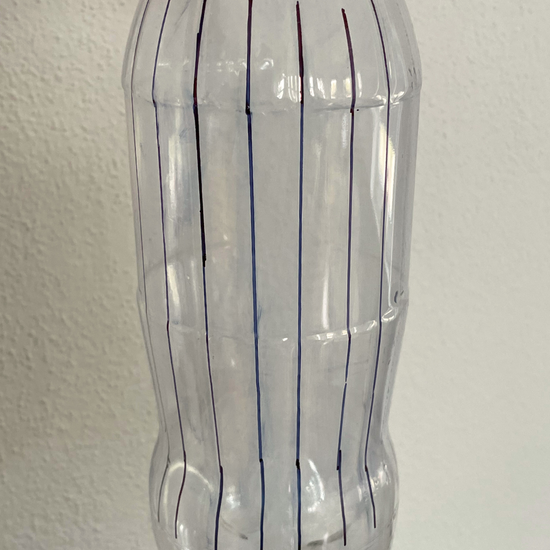
Marking
The first step in the lamp-making process at kokoi is marking the plastic bottles that will form the body of the lamp. This step is crucial to ensure that all cuts are uniform and that each strip has the same width and distance from each other. Once marked, the bottles are ready to be cut and transformed into unique and sustainable pieces of art.
-
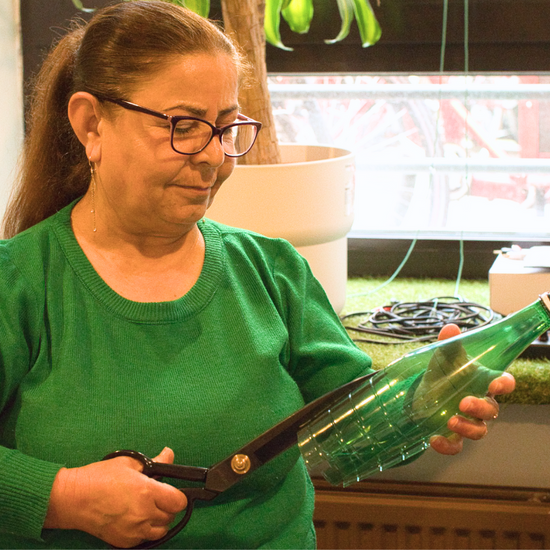
Cutting
After marking, the bottles are ready to be cut and transformed into unique and sustainable works of art. Cutting the bottle is done entirely by hand and requires precision and patience.
-
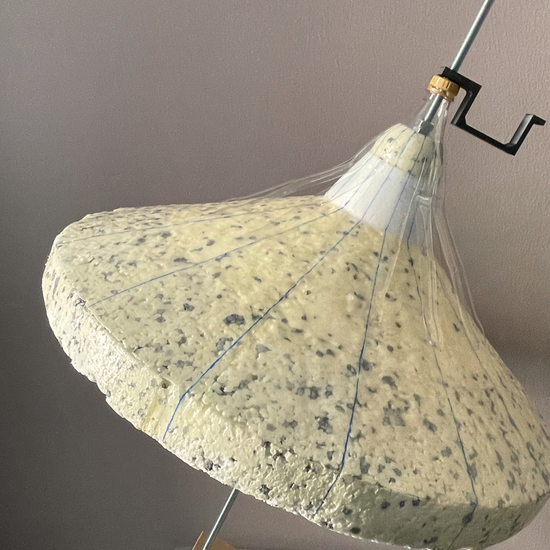
Mounting
Once the plastic bottle is cut using scissors, the next step is to mount the cut bottle into one of our molds. Every mold is designed and crafted in our Augsburg studio in Germany, ensuring that it perfectly shapes and forms the lamp.
-
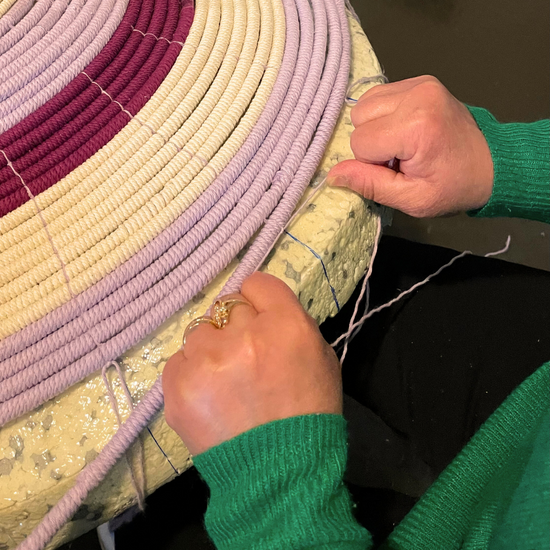
Assembly
The final and most complex stage involves assembling the wicker and bio-cotton materials onto the bottle. This step requires careful attention to detail as even the slightest imperfection can lead to starting all over again.











